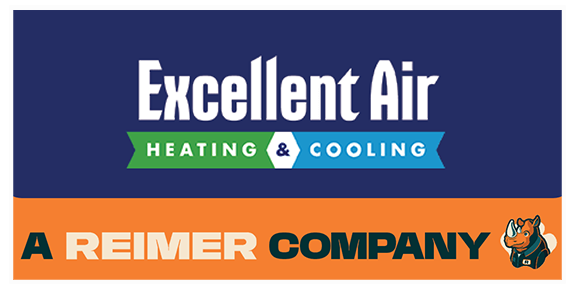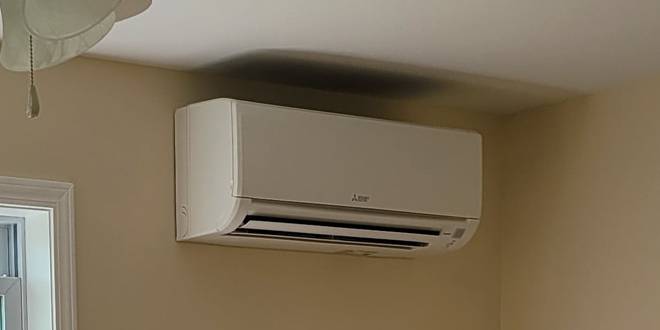
Are you looking for a heating and cooling solution for your home in Rochester, NY, but don’t have ductwork? No worries! Ductless systems are a fantastic alternative that provides efficient and customizable comfort. In this blog, we’ll explore everything you need to know about ductless systems and how they can benefit your home!
Chapter 1: Understanding Ductless Systems
Ductless systems, also known as mini-split systems, are innovative heating and cooling solutions that provide efficient climate control without the need for ductwork. These systems consist of two main components: an outdoor compressor unit and one or more indoor air-handling units. These units are connected by refrigerant lines, allowing for the transfer of heat between the indoor and outdoor units.
How Do Ductless Systems Work?
Ductless systems operate by transferring heat between the indoor and outdoor units using refrigerant. In cooling mode, the indoor unit absorbs heat from inside your home and releases it outside. This process is reversed in heating mode, with the indoor unit absorbing heat from outside and releasing it inside. This efficient heat transfer mechanism allows ductless systems to provide both heating and cooling capabilities without the need for ducts.
Key Components of Ductless Systems:
Outdoor Compressor Unit:
The outdoor unit houses the compressor, which is responsible for circulating refrigerant between the indoor and outdoor units.
Indoor Air-Handling Units:
These units are installed inside the home and contain the evaporator coil, fan, and air filter. They are responsible for absorbing heat from or releasing heat into the indoor air.
Refrigerant Lines:
These lines connect the outdoor compressor unit to the indoor air-handling units and facilitate the transfer of heat between the two units.
Controls and Thermostat:
Ductless systems are typically equipped with a thermostat or remote control that allows you to set and adjust the temperature settings for each indoor unit independently.
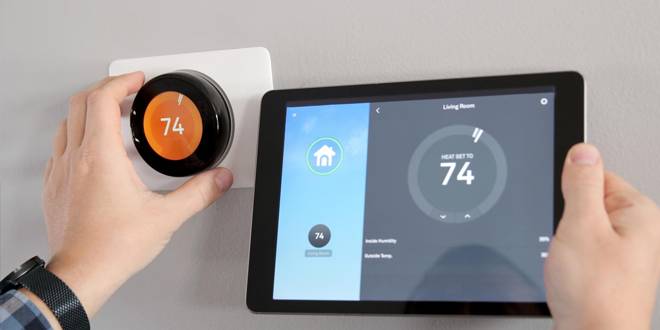
Chapter 2: Benefits of Ductless Systems
Energy Efficiency: Ductless systems are highly energy-efficient, as they eliminate the energy losses that occur in ductwork. In traditional HVAC systems, ducts can lose up to 30% of the energy used for heating or cooling due to leaks, holes, or poor insulation. By delivering air directly to each room, ductless systems ensure that all the energy used for heating or cooling is effectively utilized, resulting in lower energy bills and reduced environmental impact.
Customizable Comfort: One of the most significant advantages of ductless systems is their ability to provide customizable comfort. Each indoor unit operates independently, allowing you to set different temperatures for different zones or rooms in your home. This level of control not only enhances comfort but also helps you save energy by heating or cooling only the rooms that are in use.
Easy Installation: Installing a ductless system is much simpler and less invasive than installing a traditional HVAC system with ductwork. Ductless systems only require a small hole to be drilled in the wall for the refrigerant lines and electrical wiring, making them ideal for homes where installing ductwork is not feasible or cost-effective. The installation process is typically completed in a fraction of the time required for a traditional system, minimizing disruption to your home.
Improved Indoor Air Quality: Ductless systems are equipped with advanced multi-stage filtration systems that can significantly improve indoor air quality. These filters can capture dust, pollen, allergens, and other particles, preventing them from circulating in your home. This is particularly beneficial for individuals with allergies or respiratory conditions, as it helps create a healthier indoor environment.
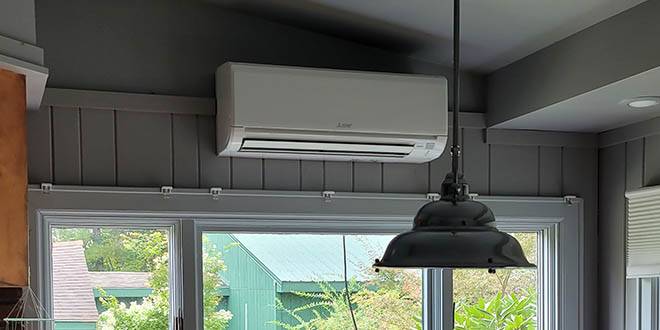
Chapter 3: Types of Ductless Systems
Ductless systems come in various configurations to suit different heating and cooling needs. Understanding the types of ductless air conditioning and heating systems available can help you choose the right one for your home.
Single-Zone Systems:
Single-zone systems consist of one outdoor unit connected to one indoor unit. These systems are ideal for heating and cooling individual rooms or areas within a home. Single-zone systems are cost-effective and easy to install, making them a popular choice for homeowners looking to add heating and cooling to specific areas of their home, such as a bedroom, home office, or sunroom.
Multi-Zone Systems:
Multi-zone systems consist of one outdoor unit connected to multiple indoor units. Each indoor unit can be controlled independently, allowing for customized heating and cooling in different zones or rooms. Multi-zone systems are ideal for homes with multiple rooms or areas that require heating and cooling, providing flexibility and energy efficiency. These systems are also a great option for homes with open floor plans or multiple stories, as they can deliver heating and cooling where it’s needed most.
Ceiling Cassette Systems:
Ceiling cassette systems are designed to be installed in the ceiling, providing a discreet heating and cooling solution. These systems are ideal for rooms with limited wall space or where wall-mounted units are not desirable. Ceiling cassette systems distribute warm air or cold air evenly throughout the room, ensuring consistent comfort.
Floor-Mounted Systems:
Floor-mounted systems are installed near the floor, providing heating and cooling close to the ground. These systems are ideal for rooms with limited wall space or where wall-mounted units are not practical. Floor-mounted systems are also a great option for rooms with high ceilings, as they can deliver heating and cooling where it’s needed most.
Ducted Mini-Split Systems:
Ducted mini-split systems are similar to traditional central HVAC systems, but without the need for ductwork. These systems use a central air handler connected to ducts to distribute air throughout the home. Ducted mini-split systems are ideal for homeowners who want the efficiency and flexibility of a mini-split unit but prefer a more traditional ducted system. (There are also ductless mini split heating and cooling systems.)
In conclusion, ductless systems come in various types to suit different heating and cooling needs. Whether you’re looking to heat and cool a single room or multiple zones in your home, there’s a ductless system that’s right for you.
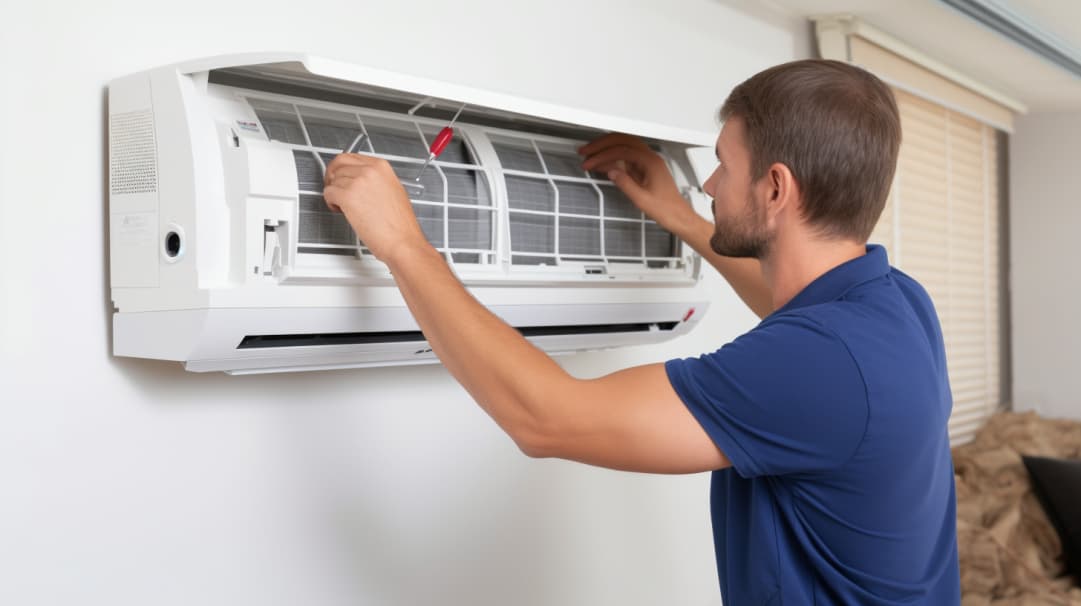
Chapter 4: Installation and Maintenance of Ductless Systems
Professional Installation: Installing a ductless system is a complex process that requires professional expertise to ensure it is done correctly. A professional HVAC technician will assess your home’s layout and heating and cooling needs to determine the best placement for the indoor and outdoor units. They will also ensure that the system is properly sized and that the refrigerant lines are correctly installed to prevent leaks and ensure efficient operation.
Regular Maintenance: Regular maintenance is essential to keep your ductless system running smoothly and efficiently. This includes cleaning or replacing filters regularly to ensure optimal air flow and efficiency. It also involves checking refrigerant levels to ensure they are at the correct levels for efficient operation. Additionally, a professional technician should inspect the system periodically for any issues or potential problems, such as leaks or faulty components, to prevent breakdowns and ensure long-term performance.
Benefits of Professional Installation and Maintenance:
Efficiency: Proper installation and maintenance help ensure that your ductless system operates at peak efficiency, reducing energy consumption and lowering your utility bills.
Longevity: Regular maintenance can help extend the lifespan of your ductless system, saving you money on costly repairs or replacements.
Improved Air Quality: Regular maintenance, including cleaning or replacing filters, can help improve indoor air quality by removing dust, pollen, and other allergens from the air.
Peace of Mind: Knowing that your ductless system has been installed correctly and is being properly maintained can give you peace of mind and confidence in your system’s performance.
In conclusion, professional installation and regular maintenance are essential for ensuring that your ductless system operates efficiently and effectively. By investing in professional installation and maintenance, you can enjoy the many benefits of ductless heating and cooling for years to come.
Chapter 5: Is a Ductless System Right for You?
Ductless systems are a great option for homeowners in Rochester, NY, who don’t have ductwork or want a more efficient heating and cooling solution. They are also a good choice for homeowners looking to improve indoor air quality or have greater control over their home’s comfort.
Considerations for Ductless Systems:
Initial Cost: While ductless systems can be more expensive to install upfront compared to traditional HVAC systems, they can offer long-term savings through lower energy bills and reduced maintenance costs.
Aesthetics: Some homeowners may find the appearance of indoor units less appealing than traditional HVAC systems. However, newer models are designed to be more discreet and blend in with the decor of your home.
Maintenance: While ductless systems require regular maintenance, such as cleaning or replacing filters, they are generally easier to maintain than traditional HVAC systems with ductwork.
Ductless systems are an efficient and customizable heating and cooling solution for homeowners in Rochester, NY, without ductwork. With easy installation, energy efficiency, and customizable comfort, ductless systems are a great choice for any home.
🤩Maximize the Benefits of Having a Ductless System🤩
Discover the wonder and simplicity of ductless systems for your home with Excellent Air Heating & Cooling! 🌬️ Contact us today to learn more about our ductless system installation and maintenance services in Rochester, NY, and stay comfortable all year round!



